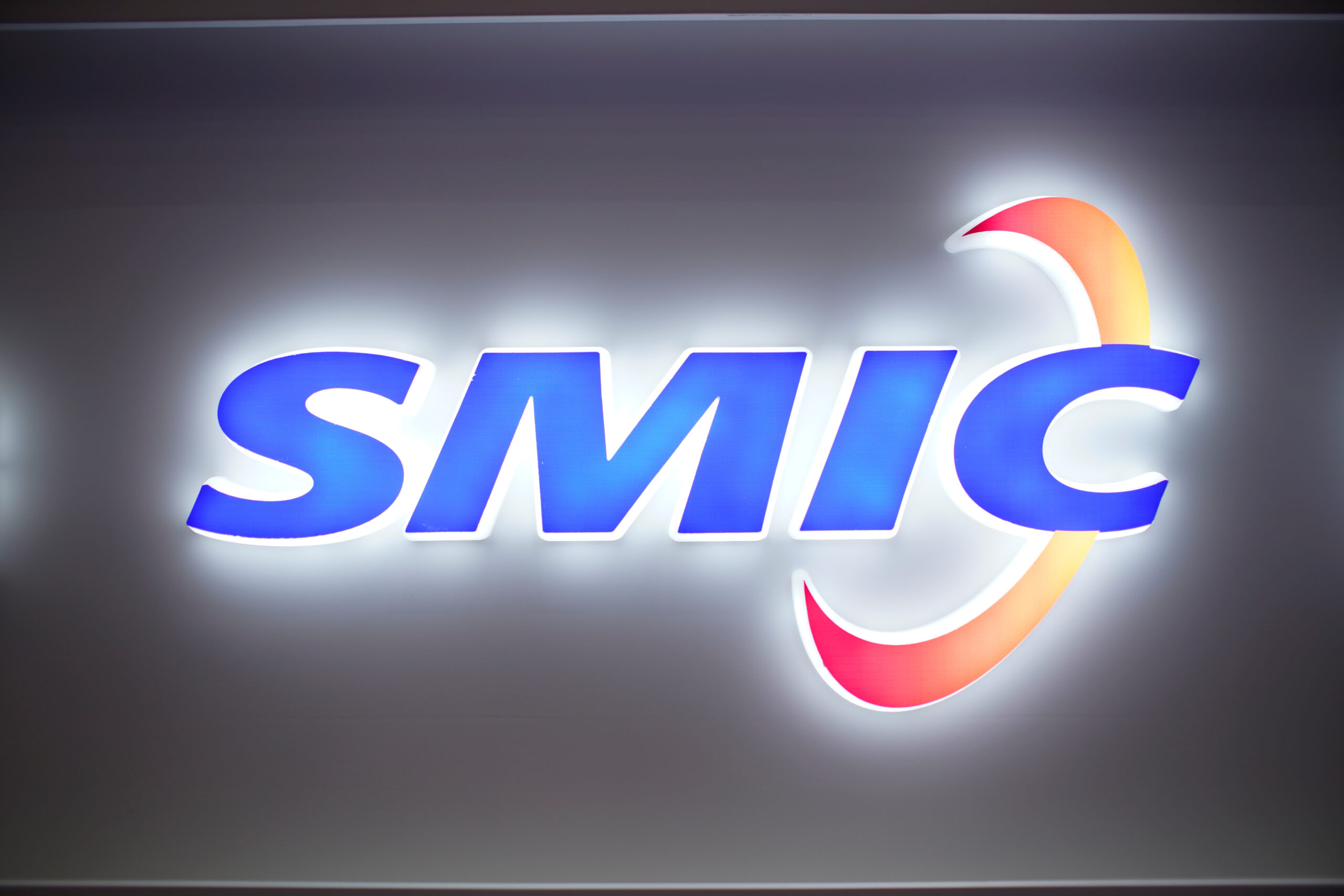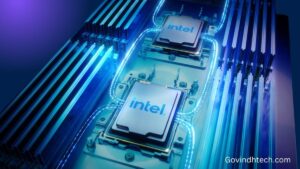Introduction
Semiconductor Manufacturing International Corp. (SMIC), China’s largest contract chipmaker, has made significant strides in the global foundry market. Despite facing US sanctions, SMIC now holds the position of the world’s second-largest pure-play foundry after TSMC. It has even managed to outperform other pure-play foundries like GlobalFoundries and UMC, which it used to trail for years. However, it’s important to note that SMIC still lags behind IDMs (Integrated Device Manufacturers) such as Intel and Samsung.
In terms of revenue for the first quarter of 2024:
- SMIC: $1.75 billion
- UMC: $1.71 billion (up 0.8% YoY)
- GlobalFoundries: $1.549 billion (down 16% YoY)1.
While SMIC’s growth is impressive, it’s essential to recognize that Intel Foundry and Samsung Foundry—both part of larger conglomerates—also play significant roles in the industry. Intel Foundry’s revenue primarily comes from products it manufactures for Intel itself, while Samsung Foundry serves Samsung Electronics as its primary client. SMIC’s revenue increase in Q1 2024 is attributed to high-performance processors produced using its 2nd Generation 7nm-class fabrication process, despite a decline in profitability.
Overall, SMIC’s rise in the foundry rankings is noteworthy, positioning it as a major player in the global semiconductor landscape.
Global Foundries decline:
Revenue fell by 16% year-over-year (YoY) to $1.5 billion. This was attributed to weak demand in certain sectors like communications infrastructure, data centers, and consumer electronics. They also saw a decline in wafer shipments (16% QoQ).
SMIC’s rise:
Semiconductor Manufacturing International Corporation (SMIC), a Chinese foundry, climbed to the third position in the global foundry market in Q1’24. This was due to factors like inventory replenishment for consumer products and a focus on localized production.
In the first quarter of 2024, there was a 4.3% quarter-on-quarter drop in revenue among the top 10 global foundries, as reported by TrendForce. Sluggish demand in consumer markets and ongoing revisions in forecasts for automotive and industrial equipment, due to economic risks, contributed to this downturn.
Follow us on Linkedin for everything around Semiconductors & AI
Background
The semiconductor industry is known for its cyclical nature, characterized by periods of high demand followed by slower off-seasons. Traditionally, the first quarter of the year sees a dip in demand for consumer electronics, which affects the entire supply chain. This year, additional economic factors such as inflation, geopolitical conflicts, and energy shortages have further complicated the landscape. Despite these challenges, the demand for AI servers and high-performance computing (HPC) remains robust, driven by significant investments and competition among major global cloud service providers (CSPs).
Read More: Top 5 Machine Learning Libraries for Every Project – techovedas
Changes in Top Five Rankings
Significant changes were noted in the rankings of the top five foundries:
TSMC: Despite strong demand for AI-related HPC, TSMC’s revenue fell to $18.85 billion in 1Q24, a 4.1% QoQ drop. This was due to the off-season for consumer products like smartphones and notebooks. TSMC maintained a market share of 61.7%. With Apple beginning its stocking cycle and steady demand for HPCs, a single-digit QoQ growth in revenue is expected for TSMC in 2Q24.
Samsung Foundry: Samsung experienced a 7.2% QoQ drop in revenue, totaling $3.36 billion. This decline was attributed to the off-season for smartphones and localized production trends for Chinese Android smartphone brands. Excessive client stocking activities in 1Q24 could limit Samsung’s production performance.
Despite an anticipated reactivation in smartphone market stocking for 2Q24, challenges may persist.
Samsung’s production performance, potentially resulting in only a slight QoQ revenue increase. Samsung’s market share remained at 11%.
Read More: Samsung to Introduce New 3D Packaging SAINT: HBM Goes Vertical – techovedas
SMIC Surges to Third Spot
SMIC experienced a QoQ growth of 4.3%, generating $1.75 billion in revenue and capturing a market share of 5.7%. This growth allowed SMIC to overtake GlobalFoundries and UMC, climbing to the third spot.
Orders for inventory replenishment of consumer products and localized IC production for Chinese markets drove SMIC’s success. SMIC is expecting to increase its capacity utilization in 2Q24, partly offsetting reduced average selling prices (ASP).
GlobalFoundries and UMC Face Challenges
GlobalFoundries: Faced with unhalted revisions of orders from the automotive, industrial equipment, and traditional data center sectors, GlobalFoundries saw a significant 16% QoQ drop in wafer shipments. The company’s revenue fell to $1.55 billion, reducing its market share to 5.1%.
UMC: UMC managed a small QoQ increase of 4.5% in shipments, largely offsetting its reduction in annual ASP. This resulted in a modest QoQ revenue growth of 0.6%, totaling $1.74 billion, with a market share of 5.7%.
Tier 2 Foundries: Mixed Results
HuaHong Group: Achieved a 2.4% QoQ revenue growth to $673 million, with a market share of 2.2%, due to improved shipment and capacity utilization.
Tower Semiconductor: Experienced a 7.1% QoQ revenue drop to $327 million, maintaining a market share of 1.1%, despite subtle improvements in capacity utilization.
PSMC: Faced a 4.2% QoQ revenue decline to $316 million, despite better capacity utilization for 12-inch wafers.
Nexchip and VIS: Nexchip saw stable performance with $310 million in revenue, while VIS generated $306 million, maintaining a market share of 1.0%.
Read More: Nvidia to Challenge Intel with Arm-Based PC Chips – techovedas
Conclusion
The forecast relies on urgent orders linked to China’s mid-year shopping festival and upcoming smartphone stocking.
Demand for AI-related HPCs and peripheral ICs is expected to remain robust. Despite economic risks, the industry anticipates sustained demand. Price competition in mature nodes is not expected to dampen demand for these products.
While SMIC’s growth is impressive, it’s essential to recognize that Intel Foundry and Samsung Foundry—both part of larger conglomerates—also play significant roles in the industry. Intel Foundry’s revenue primarily comes from products it manufactures for Intel itself, while Samsung Foundry serves Samsung Electronics as its primary client. SMIC’s revenue increase in Q1 2024 is attributed to high-performance processors produced using its 2nd Generation 7nm-class fabrication process, despite a decline in profitability. Overall, SMIC’s rise in the foundry rankings is noteworthy, positioning it as a major player in the global semiconductor landscape.
The semiconductor industry sees dynamic competition, with notable changes in rankings and market shares. Companies are adjusting to evolving market conditions and technological advancements.








